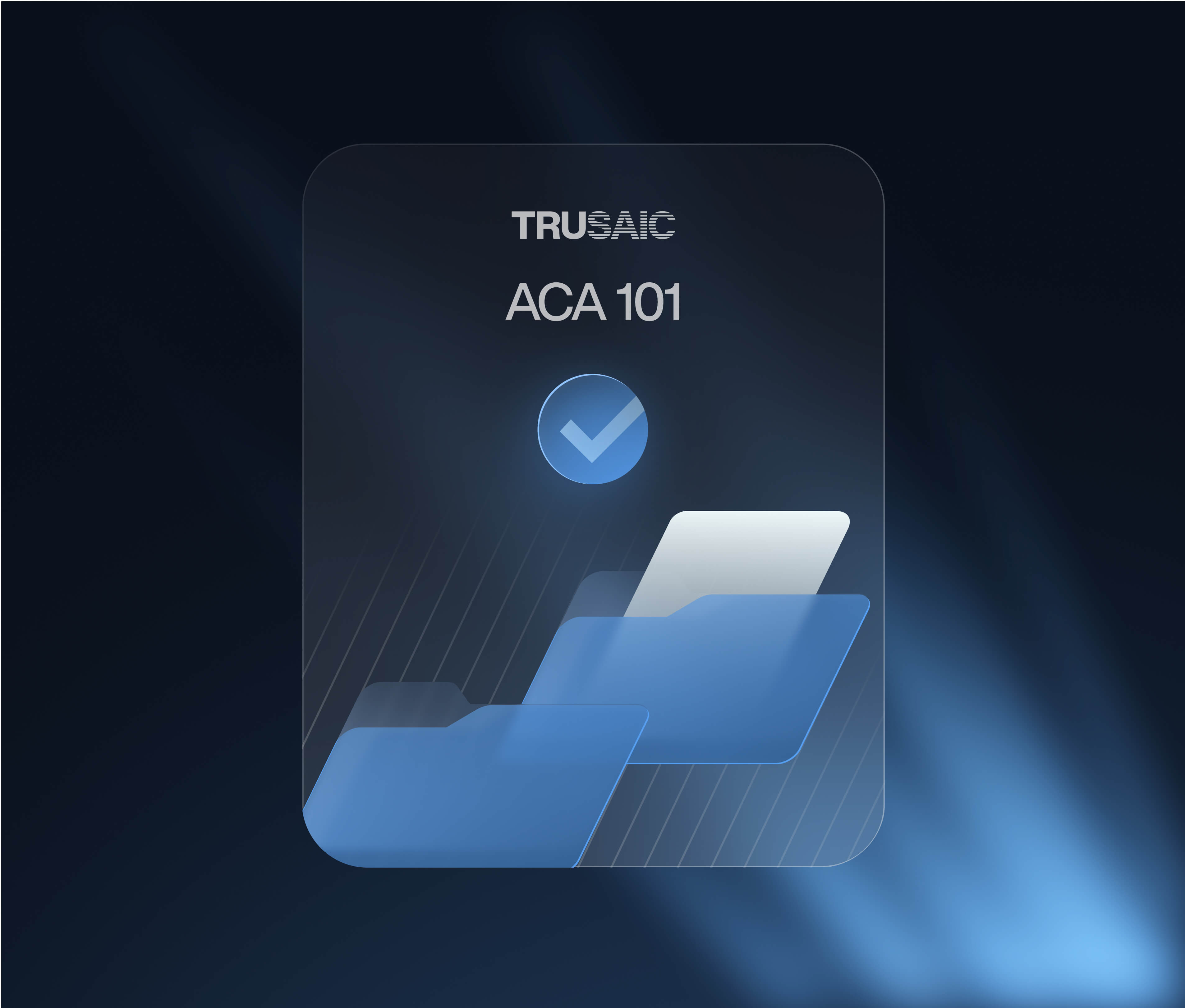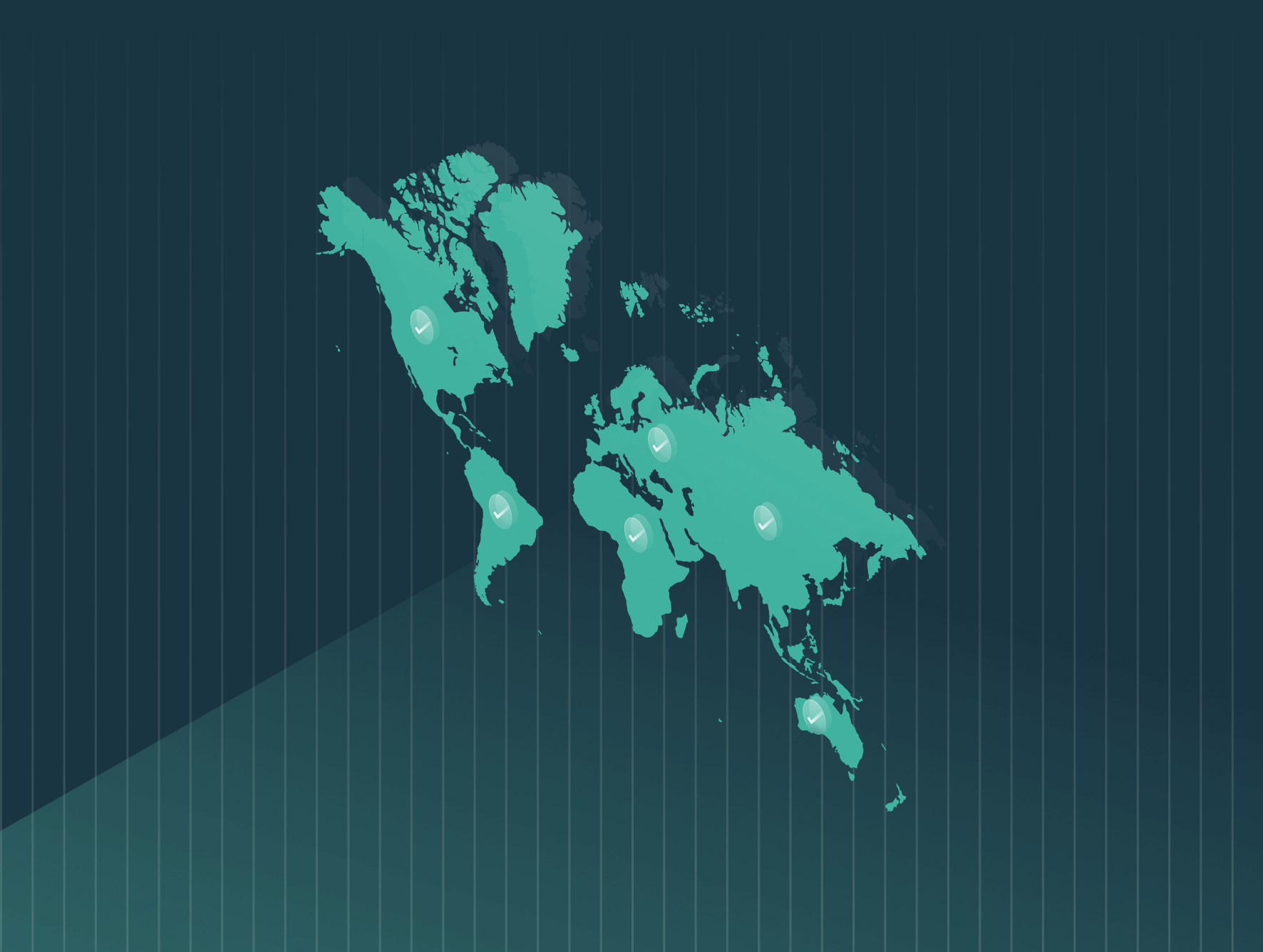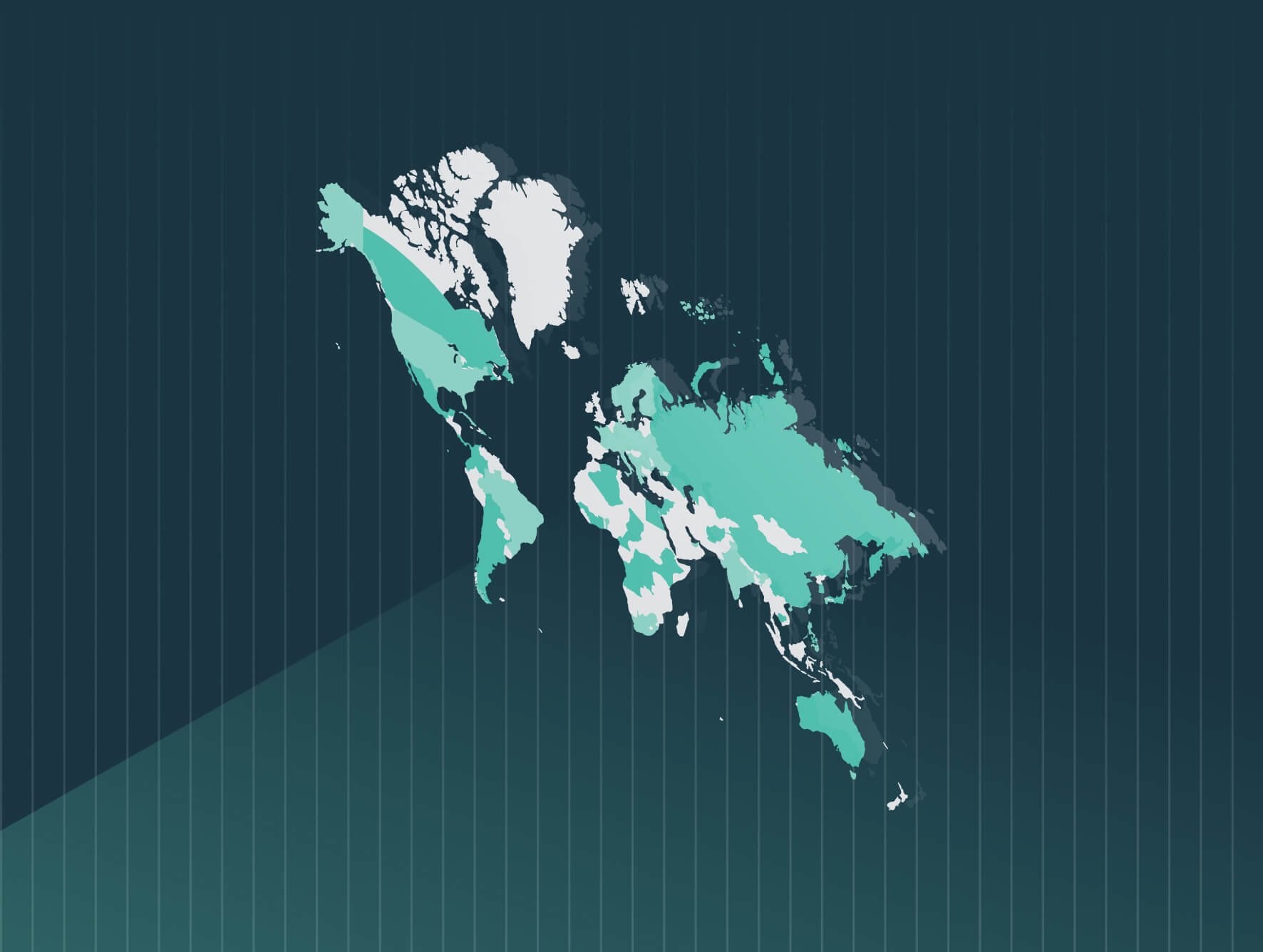Introduction
Effective Jan.1, 2018, Norway’s Equality and Anti-Discrimination Act replaced four previous statutes with the goal of preventing discrimination based on gender, and promoting equality. Part of the Act’s requirements was the publication of an annual gender equality statement by applicable employers. From Jan. 1, 2020, the Act was amended to incorporate a biennial gender pay gap review.
Public and private employers with more than 50 employees are required to comply. Private sector organizations with 20-49 employees may also report if asked to do so by employee or union representatives.
Norway is one of the most gender-equal nations, ranked second in the World Economic Forum’s 2023 Global Gender Gap Report. Its gender pay gap hovers around 12%, however, and progress toward pay equity has slowed.
Norway Reporting Requirements
Who needs to report?
All private and public sector companies with 50 or more employees. Smaller private sector organizations (20-49 employees) may need to carry out a pay equity analysis if requested by employee or union representatives. Organizations with 20-49 employees may also voluntarily conduct an analysis.
What to report?
Applicable employers must report as follows:
Gender equality statement: An annual statement is required on the employer’s gender equality status. Data must include gender distribution across the workplace, a breakdown of part-time workers by gender, the proportion of temporary workers, and employees who have taken parental leave. Employers are also required to identify the risks of discrimination and other barriers to inequality, implement measures to address those risks and promote greater equality and diversity, and report on progress made.
Pay equity analysis: In addition, every two years, companies must carry out a gender pay review and map the use of “involuntary part-time workers” based on gender. “Involuntary part-time work,” per the English translation of the law, is defined as work where the employee wants to, and can, work more hours. Gender pay gap reporting should be anonymized and encompass all employees and types of compensation.
Women and men are to be grouped by the same work or work of equal value. The analysis should define the criteria for equal work and work of equal value.
Where and when to report?
Regulatory filing
While there is no regulatory filing, employers must publish an annual statement on the status of gender equality in the company and detail the steps taken to prevent workplace discrimination. Statements are to be included in an annual report or other document and made available to the public.
No reporting is required for the biennial pay equity analysis, but this can be incorporated in the employer’s annual statement.
Internal disclosure
No internal disclosure is required; however, statements must be made available upon request to employees, their representatives, the Norwegian Anti-Discrimination Committee, the Equality and Discrimination Ombudsman, and researchers, if pay discrimination is alleged.
Deadlines and cadence
Cadence of reporting is annual for gender equality reports, and biannually for pay equity analyses.
Norway Pay Transparency Requirements
There are currently no legal requirements for employers to post salary details to applicants or employees in Norway regarding specific positions.
Employment equity standards
Employees must receive equal pay for the same work or work of equal value, without regard to gender. The law applies regardless of whether the work is carried out on a different site or if a different wage agreement applies. Companies must consider expertise, effort, responsibility, working conditions and other relevant factors when determining work of equal value.
Pay is defined as “ordinary remuneration for work plus all other supplements, advantages and other benefits provided by the employer.”
In addition, the Act prohibits discrimination in all areas of the workplace, including promotion, skills development, pay and working conditions. Employers are also required to implement efforts to promote equality, in areas including hiring, pay, working conditions, promotion, development opportunities, accommodation, and in work-life balance.
The risks of non-compliance
Enforcement is overseen by Norway’s Anti-Discrimination Tribunal and the Equality and Anti-Discrimination Ombudsman. Fines and penalties are not outlined in the Act.
How can Trusaic assist with Norway gender equality & pay equity analysis reporting compliance?
1. Comply – Use RAPTR™ to complete required reporting by compliance deadlines.
Stay ahead of evolving regulations with Trusaic’s Regulatory Pay Transparency Reporting™ solution, designed to help you determine applicability, meet deadlines, and submit compliant reports across EU jurisdictions with the click of a button.
Our Pay Equity Software Suite ensures your pay systems are legally defensible, gender-neutral, and future-proof — automating complex reporting and enabling GDPR-compliant data sharing through certified integrations with major HCM platforms.
2. Correct – Use PayParity® to understand, explain and resolve pay disparities.
Use PayParity to identify, explain, and resolve pay disparities across gender, race, age, and more. Whether you’re conducting proactive assessments or responding to compliance triggers like the EU Directive’s Joint Pay Assessment requirement, PayParity delivers defensible, data-driven insights. Our Remediation Optimization Spend Agent (R.O.S.A.) works as PayParity’s AI remediation partner to ensure you lower your pay gap below 5% while maximizing the ROI of your remediation budget.
3. Communicate – Use the Pay Equity Product Suite to communicate narratives and share salary ranges with confidence.
Comply confidently with the EU Directive’s pay range transparency mandates using Trusaic’s Salary Range Finder, which provides data-driven guidance for equitable pay ranges that can be shared with candidates and employees.
Our Pay Transparency Agent answers reporting questions instantly, and our Communications Agent crafts context-specific narratives — in any language — to support your public disclosures and internal communications.
The EU Directive
Norway is an EEA member and part of the EU’s single market. Norwegian organizations with operations in EU member states will be required to comply with gender pay gap reporting in those countries per the EU Pay Transparency Directive.
Trusaic is GDPR compliant and can assist any organization in any EU state in meeting its obligations under both the EU Corporate Sustainability Reporting Directive and the EU Pay Transparency Directive.








